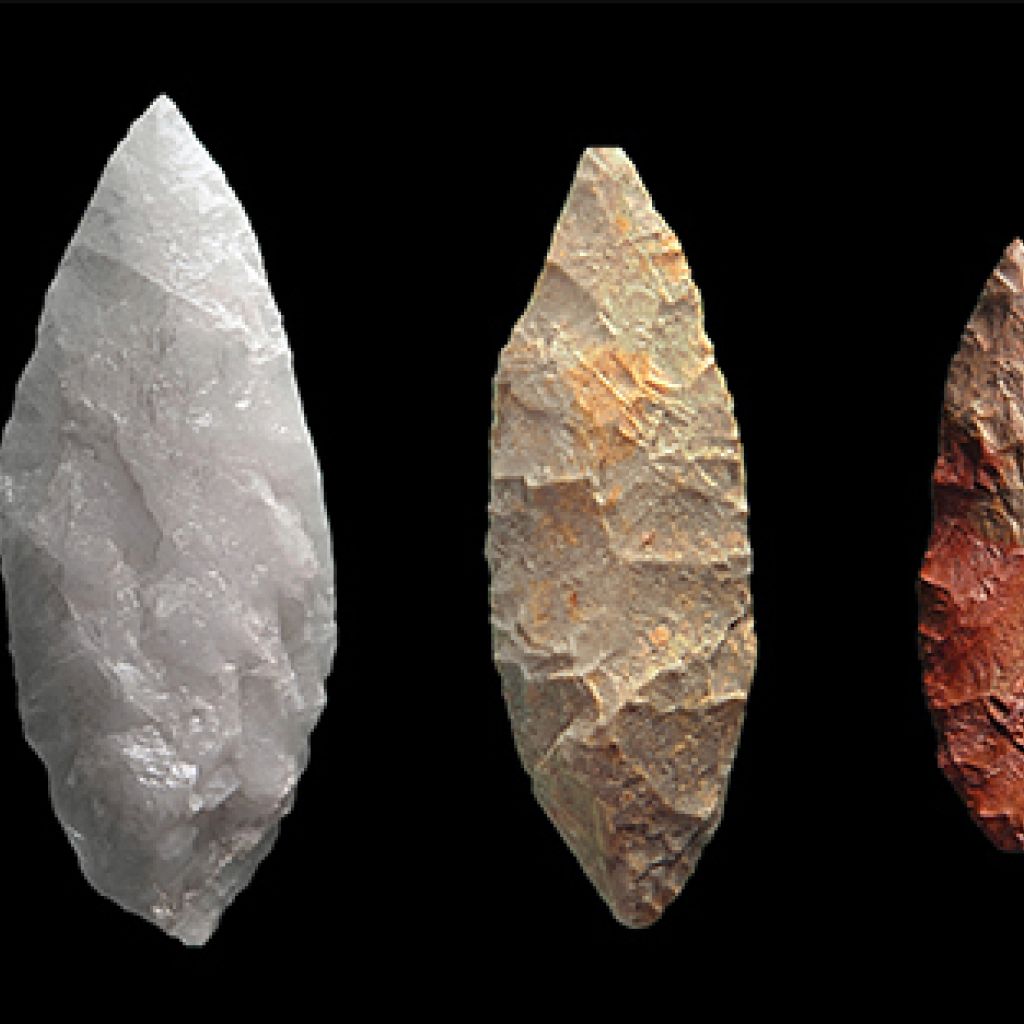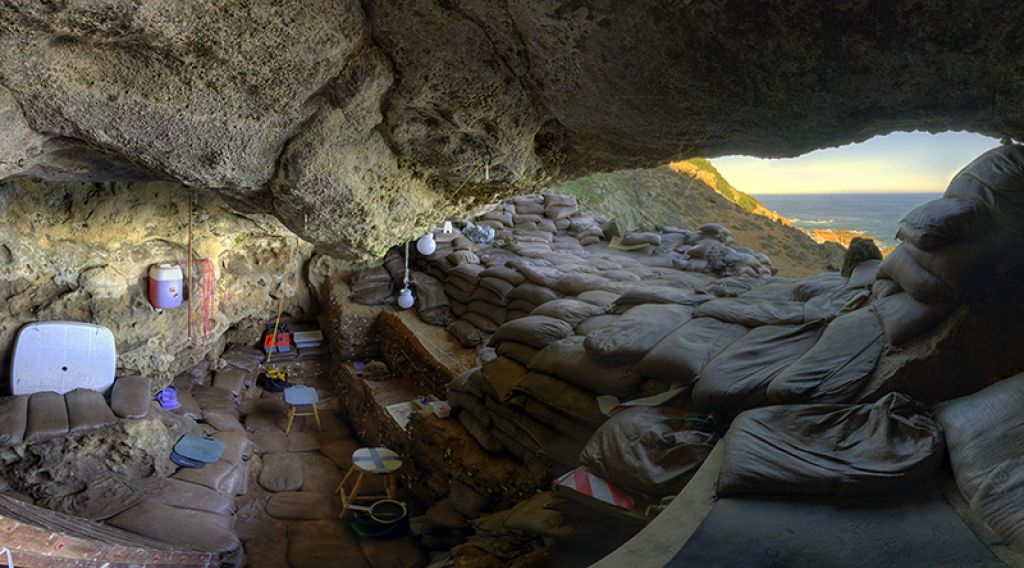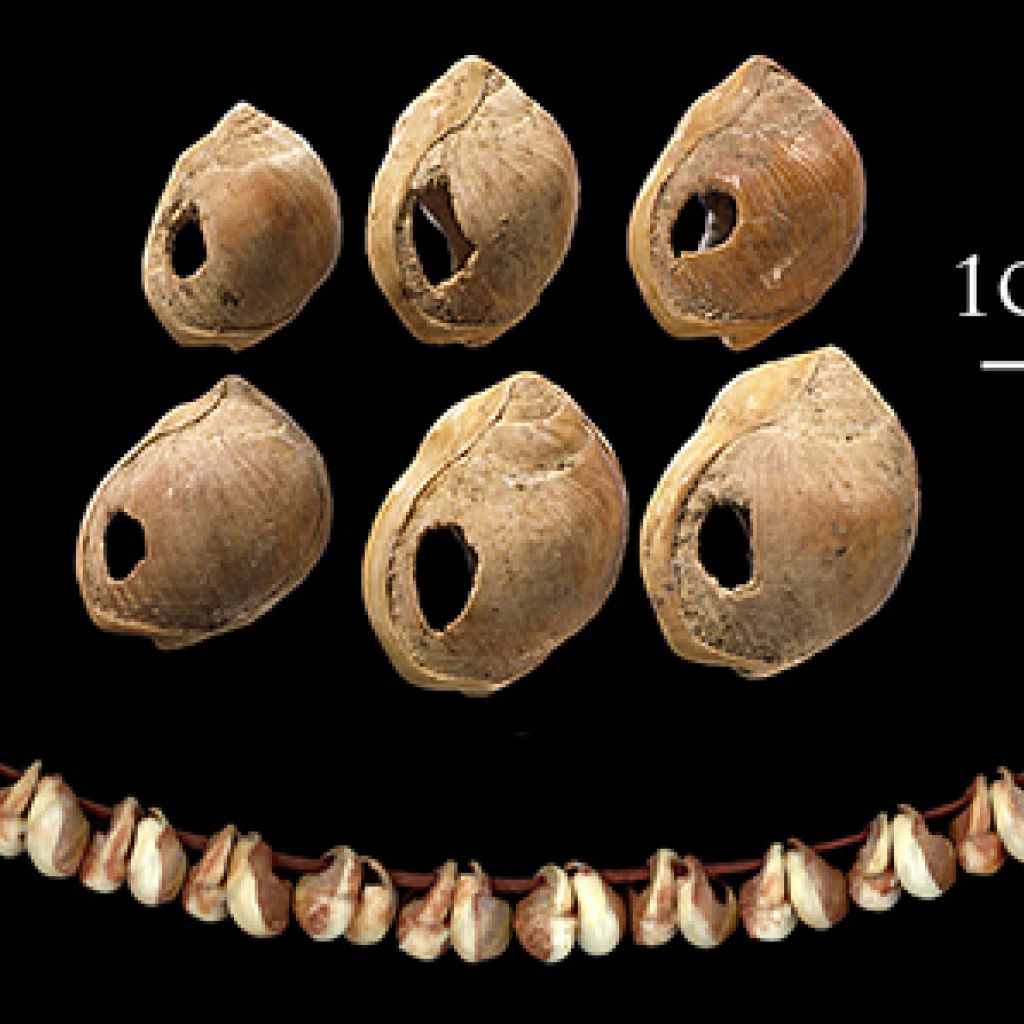Uncovering the origins of science and technology in Africa: Professor Lyn Wadley talks complex cogni

Professor Emeritus Lyn Wadley’s talk on Stone Age tools and interpreting the cognitive abilities of Stone Age humans was a highlight of National Science Week, a celebration of all things scientific and wonderful at Wits University from 4 to 9 August 2014.
Describing Prof. Wadley as as a “top-class researcher, a prolific author and among the top one percent of researchers quoted globally”, Wits Centre of Excellence for Paleoanthropology director Prof. Bruce Rubridge congratulated her on her recent receipt of the TW Kambule NRF-NSTF Award.
The National Research Foundation/National Science and Technology Foundation award recognises an individual’s outstanding contribution to science, engineering and technology through research and its outputs over the past five to 10 years.
Africa: the cradle of humankind
“Africa is not only the cradle of the earliest hominid, it is also the cradle of modern humans, Homo sapiens,” said Prof. Wadley.
She says that everyday tasks provide proxies for brainpower, and describes her research of Homo sapiens and the technology they used as an investigation into complex cognition in early humans.
Complex cognition is characterised by, among others, the ability to multi-task, to be flexible in problem solving, to understand concepts of transformation (as change that is irreversible), to use analogical reasoning and to use symbols.

By observing how Stone Age tools were made and the thinking behind their hafting, Prof. Wadley can deduce that early Homo sapiens were indeed complex thinkers.
Prof. Wadley cites the 65 000-year-old stone tools at Sibudu site in KwaZulu-Natal, a large rock shelter on the Tongati River, as her point of reference, adding that a study in 2006 by Marlize Lombard on residue analyses of the tools indicates that they were successfully used as hunting instruments.
“To be used as a hunting tool, the stone points were hafted onto sticks. Depending on the use of the tool, the adhesive used was a variation of a complex recipe of fat, gum, powders and sand. The process of creating a suitable adhesive to haft the stone tool includes the collection of acacia gum, grinding dry ochre on sandstone, and combining the elements under heat,” she said.
Indeed, hafting requires multitasking (an element of complex cognition) – early Homo sapiens would have had to control fire temperature, control viscosity of the adhesive and control the angle of hafting the stone tool at the same time.
Hafting also requires flexible problem solving (another element of complex cognition). Firewood has variable attributes, as do the natural ingredients required to create the adhesive (acacia gum, sandstone aggregate and red ochre powder).

“Hafting a stone tool requires an understanding of the concept of irreversible transformation, a third element of complex cognition. One removes items from the natural environment such as stone, gum and ochre and transforms them into something completely different, with an entirely different use and application,” she said.
Indeed, there is much innovation at Sibudu – not the least of which is the use of an adhesive (and not twine) to bind the stone point to a shaft, thereby enabling the use of multiple surfaces of the point.
At Blombos site, a cave in a limestone cliff off the coast of Cape Town, Stone Age tools around 100 000 years old show archaeological evidence of a complex “paint” – a combination of ochre, charcoal and crushed fatty bone, as well as heat-treated stone points.

“The Blombos site provides evidence that Homo sapiens used analogical reasoning to paint their stone tools,” she said.
“At the same site we see evidence of the use of symbols dating back to around 75 000 years ago. Symbolic thought expressed through markers of identity – such as ornamentation, engraving and representational art – is a key characteristic of complex cognition,” she added.
Perforated shells found at both Blombos Cave and Sibudu showing wear patterns that show the shells were suspended, meaning they were either worn or woven into items of clothing.
The cumulative evidence of cognitive thought indicators in various sites across South Africa tells us that people who lived during the Middle Stone Age had begun to think much like we do today, said Prof. Wadley.
“Indeed, Africa is the source of the modern mind,” she said.